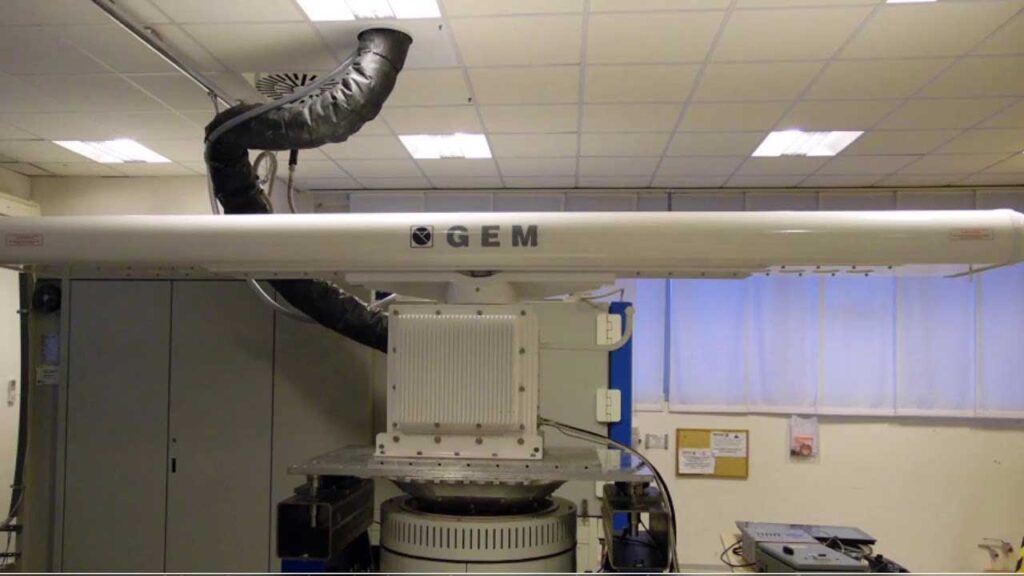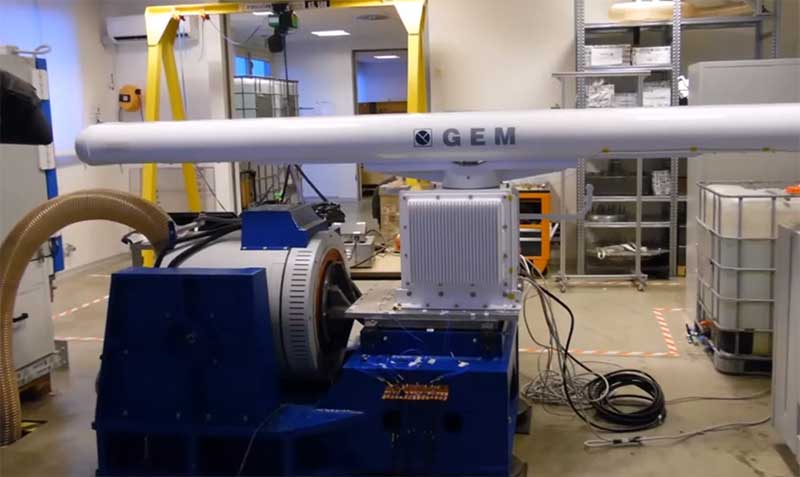IEC 60945 Vibration testing specifies the test requirements for shipboard radio equipment and electronic navigational AIDS. The standard covers three main types of equipment: first, shipboard radio equipment essential to the Global Maritime Distress and Safety System, which is required by the International Convention for the Safety of Life at Sea (SOLAS); The second category is the on-board navigation equipment required by SOLAS; The third category is all other equipment installed on the bridge, which is close to the receiving antenna and is capable of interfering with the safe navigation of the ship and radio communications, and is only suitable for EMC testing.

IEC 60945 Vibration determines the ability of equipment to withstand vibration without causing mechanical defects or degradation of performance. The test simulates the vibration effect of the hull under propeller and mechanical action. This is usually at frequencies up to 13 Hz and mainly perpendicular. The higher-frequency tests simulated the impact effects that would occur in the ocean of irregular storms, and were mostly horizontal. The test does not simulate the effects of conventional ocean waves, including the translational components of surges, wobbles, and undulations, and the corresponding rotational components of tumbling, pitching, and yawing, which typically produce accelerations too small to have an effect on electronics.
The EUT, together with any shock absorbers it is equipped with, shall be fixed to the shaker by its normal support mode and normal attitude. The EUT can be hung flexibly to compensate for the weight that the shaker cannot bear. Provisions may be made to reduce or eliminate any adverse effects on EUT performance that may be due to electromagnetic fields generated by the vibrating unit.
The EUT shall be subjected to sinusoidal vertical vibration at all frequencies between:
2 Hz to 5 Hz and up to 13,2 Hz with an excursion of ±1 mm ± 10 %(7 m/s2 maximum acceleration at 13,2 Hz);
Above 13,2 Hz and up to 100 Hz with a constant maximum acceleration of 7 m/s2.
The frequency sweep rate shall be 0,5 octaves/min in order to allow the detection ofresonances in any part of the EUT as mounted.
Resonance search should be carried out throughout the test. During the resonance search, the EUT should be observed externally by independent visual and auditory means to detect any obvious signs of resonance of components or subcomponents that may affect the integrity of the EUT. These observations should be recorded in the test report. If any resonance measured by a sensor fixed outside the EUT at a location where clear signs of resonance have been observed has a magnitude ratio of 25 relative to the surface of the fixed EUT, the EUT shall perform a vibration durability test lasting 2 hours for each resonance frequency at the vibration level specified in the test. When the amplitude ratio of the resonant frequency is 25, only the fundamental frequency is tested. If no resonance with an amplitude ratio of 25 occurs, the durability test should be performed at a single observed frequency. If no resonance occurs, the durability test should be performed at a frequency of 30hz.
Perform at least one performance check during each endurance test and once before the end of each endurance test. The process should be repeated by vibrating in each of the two directions perpendicular to each other on the horizontal plane.
